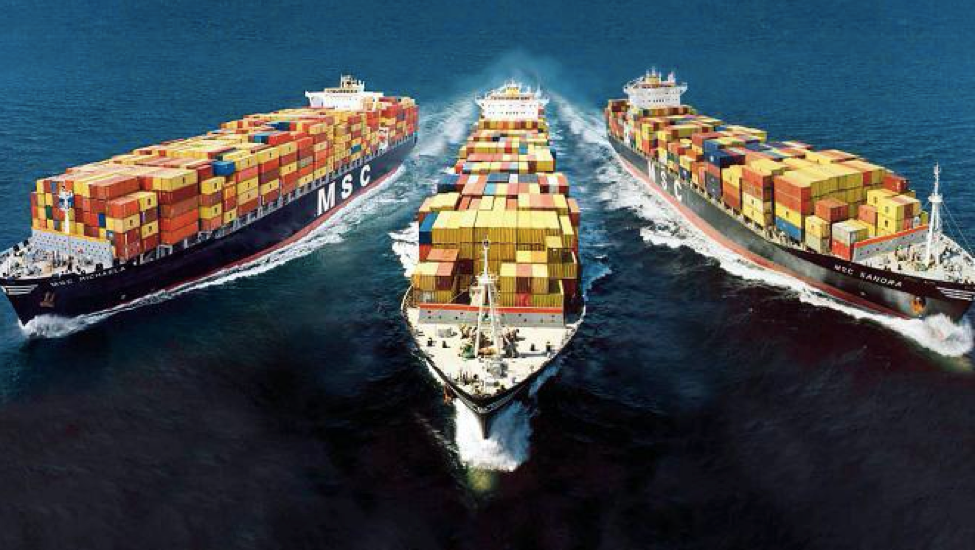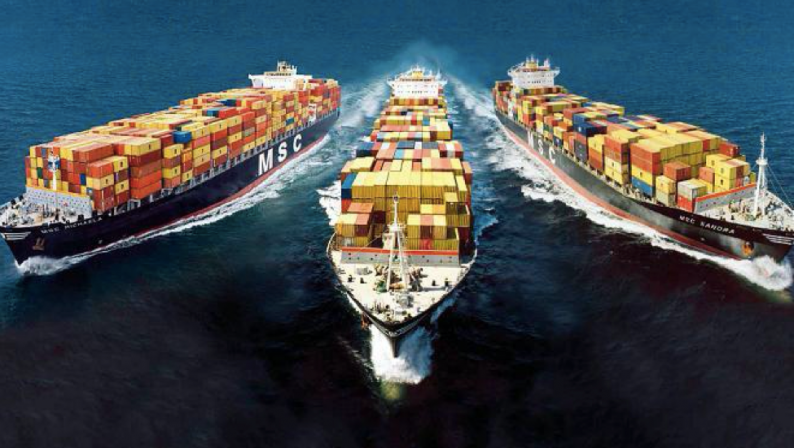
So far 2018 has proven to be a much more difficult year for investors then 2017. Strong gains in January were followed by a sharp and brutal correction in February which brought something that has been missing from the stock market these last few years, volatility. Some traders like billionaire hedge fund mogul, David Einhorn, believe value stocks will now begin to outperform their fast-growing counterparts. This new stock market dynamic provides investors with huge opportunities if they know where to look.
The place to look is at industries and sectors that have been underperforming over the last few years and are poised for a comeback, shipping is one such industry. Shipping has been around for over 10,000 years and is one of the world’s most important industries. Over 90% of trade is carried by the international shipping business each year. The business is almost exclusively responsible for the shipping of raw materials from resource-rich countries in Africa to factories in Asia and then the finished products to consumers in the U.S and Europe. Shipping’s importance in the global supply chain cannot be understated, however, the last 10 years has seen the industry suffer one of its worst ever downturns, which saw freight rates drop an astounding 98% in some sectors. This, in turn, led to rapidly falling stock prices, bankruptcies, and defaults throughout the shipping business. There are signs though, that shipping has passed its cyclical bottom and could be poised for a recovery. With shipping stocks trading at extremely depressed valuations investors have a rare opportunity. To understand it though, it is necessary to know how the shipping business is structured at what caused it to collapse in the first place.
Although shipping is considered a single industry it is subdivided into many different parts. Different companies operate different types of vessels for different types of uses. There are three main types of commercial vessels; Dry Bulk, which are vessels designed to transport bulk commodities such as iron ore, coal, grains or scrap metal. Container vessels, which are ships designed to carry loads in containers (the ships in the picture above are examples of this type of vessel), and tankers which are ships that carry crude oil or refined products like gasoline. Each one of these categories is further broken down, for example, within the category of tanker vessels, there are ships designed to exclusively carry oil and those that are designed to carry only liquefied natural gas. Each different type of vessel has its own unique freight and spot market, which determines how much such a vessel, makes a day when it is being chartered out. In many ways, the shipping business is like the commodities business, when there is a large supply of ships, freight rates are low, when there are too few the rates are high.
In the years leading up to the great recession in 2008, international trade was booming, growing at an average rate of 5.4% a year. Emerging market economies, especially China, were growing rapidly and consuming more and more of the world’s raw materials. Meanwhile, consumers in the U.S and Europe were enjoying a time of easy credit and were consuming record amounts of finished goods. Concurrently, free trade agreements opened borders like never before which added fuel to international trade. This type of environment led to unprecedented prosperity in shipping. From October 2001 to June 2008 the Baltic Dry Index (a leading indicator of the shipping industry which shows the cost of shipping raw materials by sea) surged over 1200%. With the cost to charter a ship at a record high, owning a commercial vessel became extremely profitable. At one point in 2007, a 5-year-old 180,000 deadweight ton ship which hauled iron ore or coal cost $160 million. Freight rates for container shipping were equally high with the cost to ship a single container from Asia to Europe at over $2,800 (the current rate is about $1,200).













Leave A Comment